The best natural hayfever remedies and relief

If over-the-counter hay fever medicines leave you drowsy and miserable, try one of our top 10 natural hay fever remedies to keep you feeling fine and hay fever free all summer long!
Never suffered with hay fever symptoms before, but have this year? That’s because it’s getting worse. “Hay fever is on rise,” says chief pharmacist Stuart Gale from oxfordonlinepharmacy.co.uk. By 2030, it’s predicted that half the population will have it.
“A sudden reaction could be because we are now better able to diagnose such conditions,” says Stuart. “Previously, patients might have been diagnosed with a summer cold.” And that’s not all. “As the climate changes so does the make-up of plant pollens. So, although you were previously exposed to pollens throughout your life which did not affect you, you may suddenly find you’re sensitive to a particular pollen strain,” says Stuart. “And pollen counts are on the increase, combined with warmer summers. This exacerbates the impact of pollution on the body.”
Ready to give a few new natural hay fever remedies a try?
Don’t want to be popping pills all summer long? We don’t blame you. That’s where natural hay fever remedies come in. Unwanted side effects from taking some types of antihistamine tablets include drowsiness, which can affect your focus. Eye drops can cause eyes to sting, and nasal decongestants can lead to an itchy rash around the nose.
“Hay fever, or allergic rhinitis, is a common allergic reaction to pollen and spores and can cause rapid onset or irritating and uncomfortable symptoms, including itchy, watering eyes, stuffy nose, sneezing and headaches,” says Naturopath Ben Brown, expert advisor to the HFMA (Health Food Manufacturers Association). But you don’t have to turn to medication for help. “There are several vitamins and minerals found in foods that can help to manage hay fever symptoms for sufferers,” adds Ben.
The best part? You probably already have most of these hay fever remedies around the house already, hiding in kitchen cupboards of all places, meaning you can beat hay fever the natural way without spending a fortune! Result!
Take a look through our natural hay fever remedy gallery to see which of these hay fever remedies could work for you.
1. Natural hay fever remedies: Honey
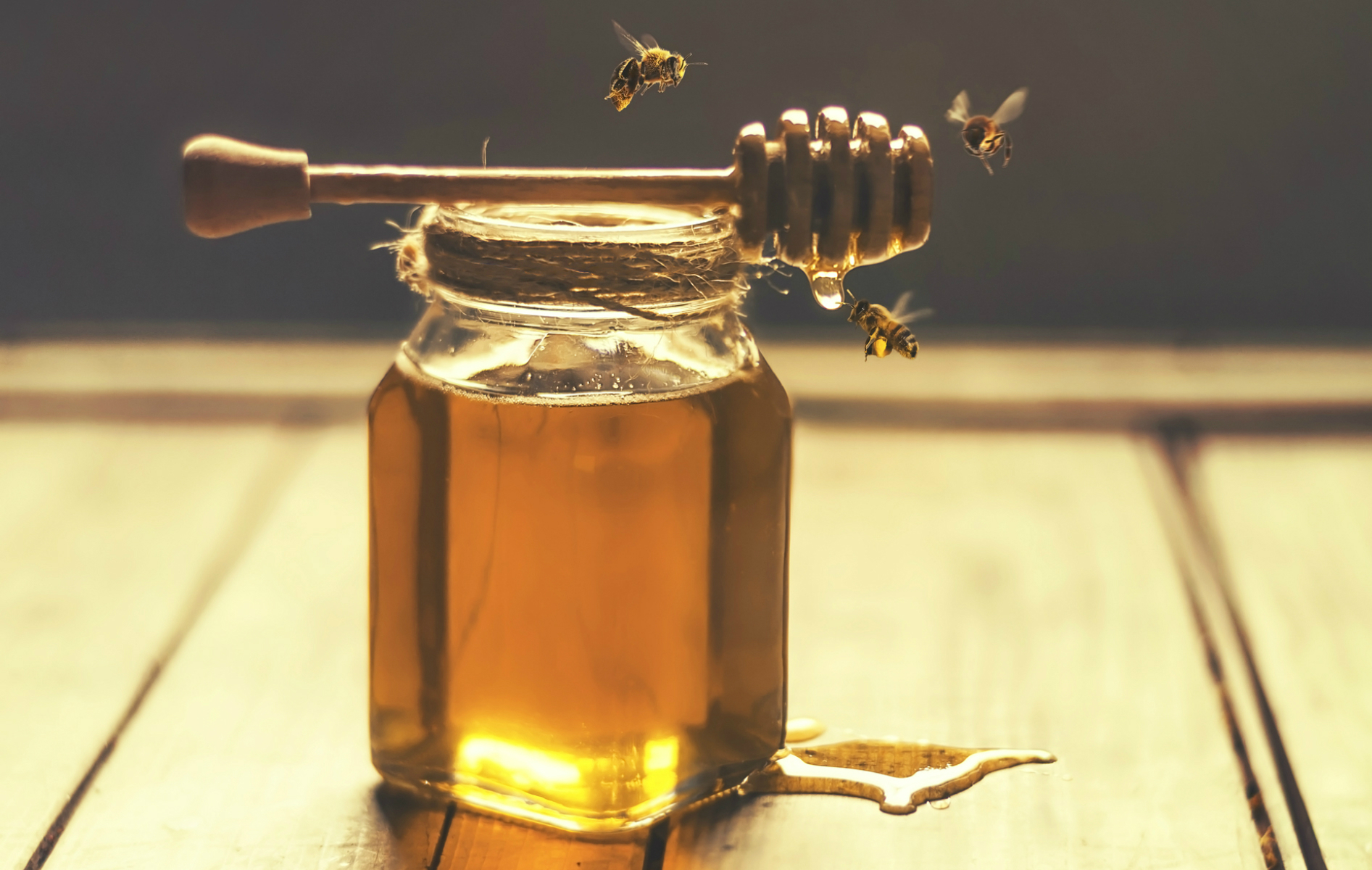
Credit: Getty images
Honey is said to be a natural remedy for hay fever because the bee pollen in honey can desensitise your body to other pollens. Increasing honey in your daily dietary intake should reduce hay fever symptoms significantly. Make sure you use local honey to your area to see the best results.
When to take: daily before hay fever season starts.
Try our honey recipes for more ideas
2. Hayfever remedies: Vitamin C
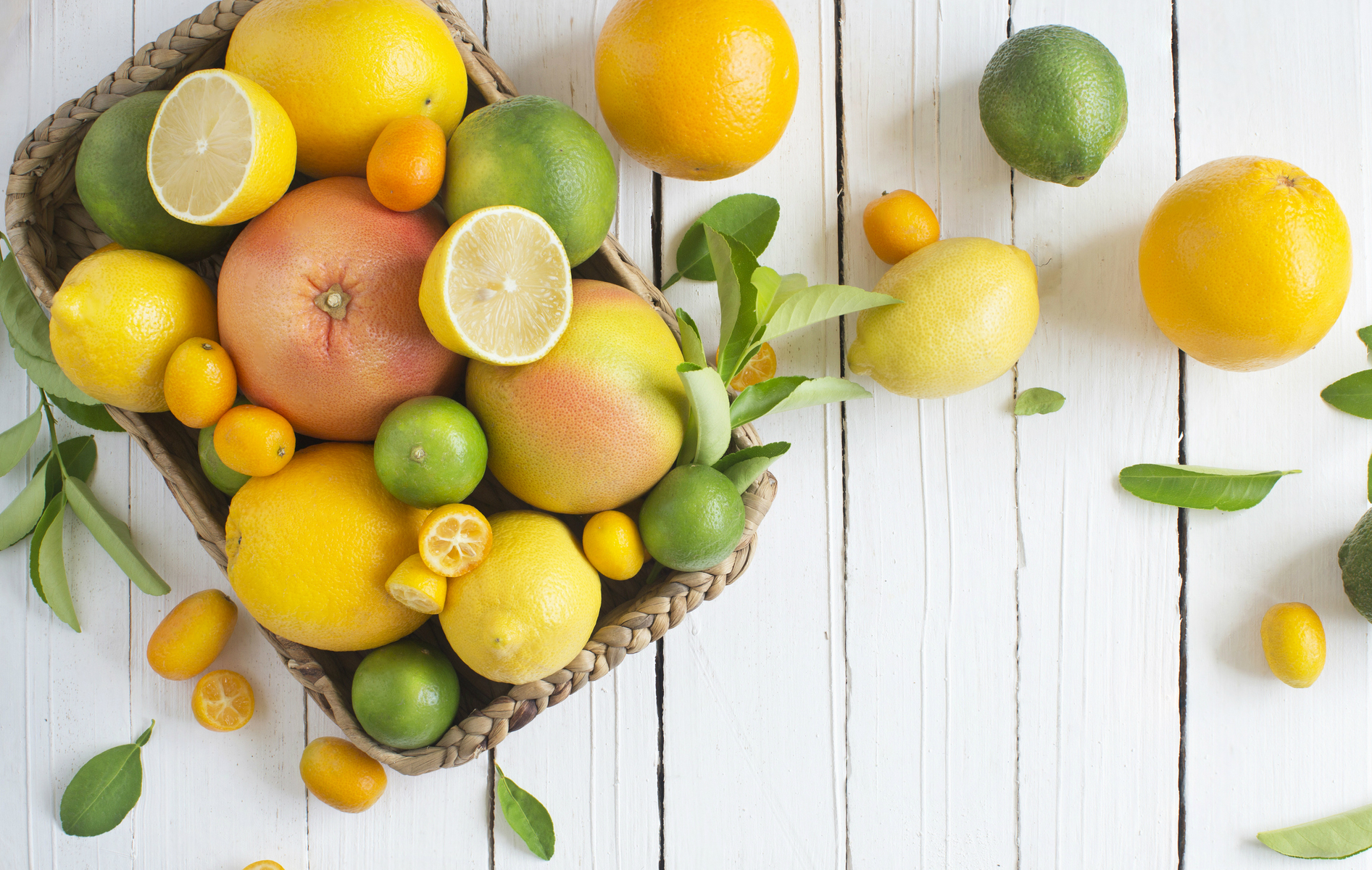
Credit: Getty Images
Vitamin C is a known natural antihistamine and can be found in oranges, lemons and grapefruit. Also present are bioflavonoids, which have powerful anti-allergy effects. The combination of vitamin C and bioflavonoids together provide a natural decongestant and antihistamine for sufferers and help alleviate symptoms. “Vitamin C acts as a natural antihistamine,” says Nutritional Therapist Alison Cullen, from A.Vogel. “Your body can’t make or store vitamin C, so it has to be available in low, consistent doses to support your nasal lining.”
Oranges are a good source of vitamin C or you can take a supplement.
What to take: 1,000mg of vitamin C a day.
3. Natural hay fever remedies: Hot peppers
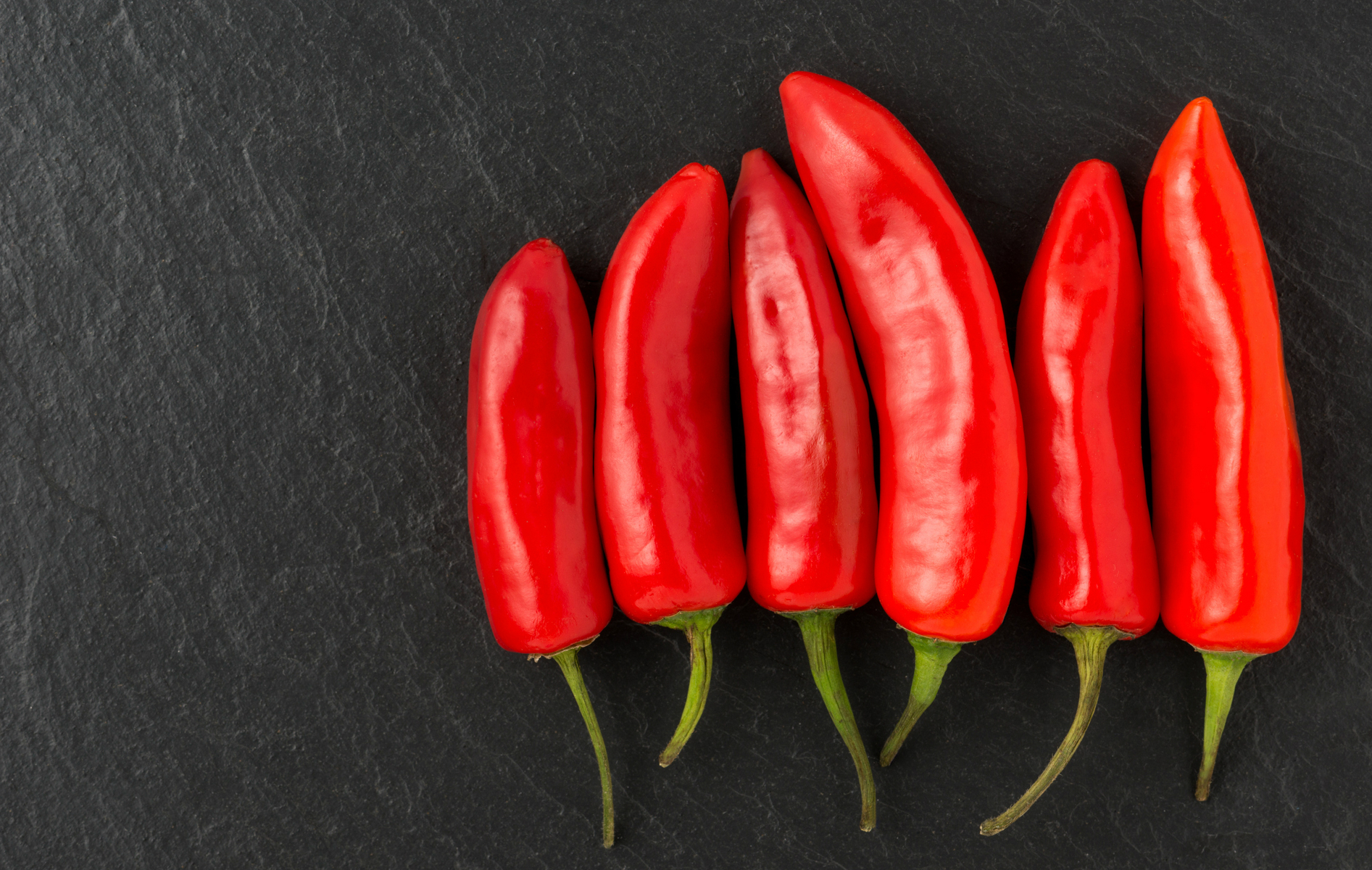
Credit: Getty Images
Red and chilli peppers contain an active component called capsaicin. When eaten, capsaicin opens the nasal passages, helping to reduce congestion.
What to take: Add red and chilli peppers to your daily diet, on salads or cooked with your evening meal.
We have loads of ideas for tasty stuffed pepper recipes
4. Natural hay fever remedies: Carotenoids
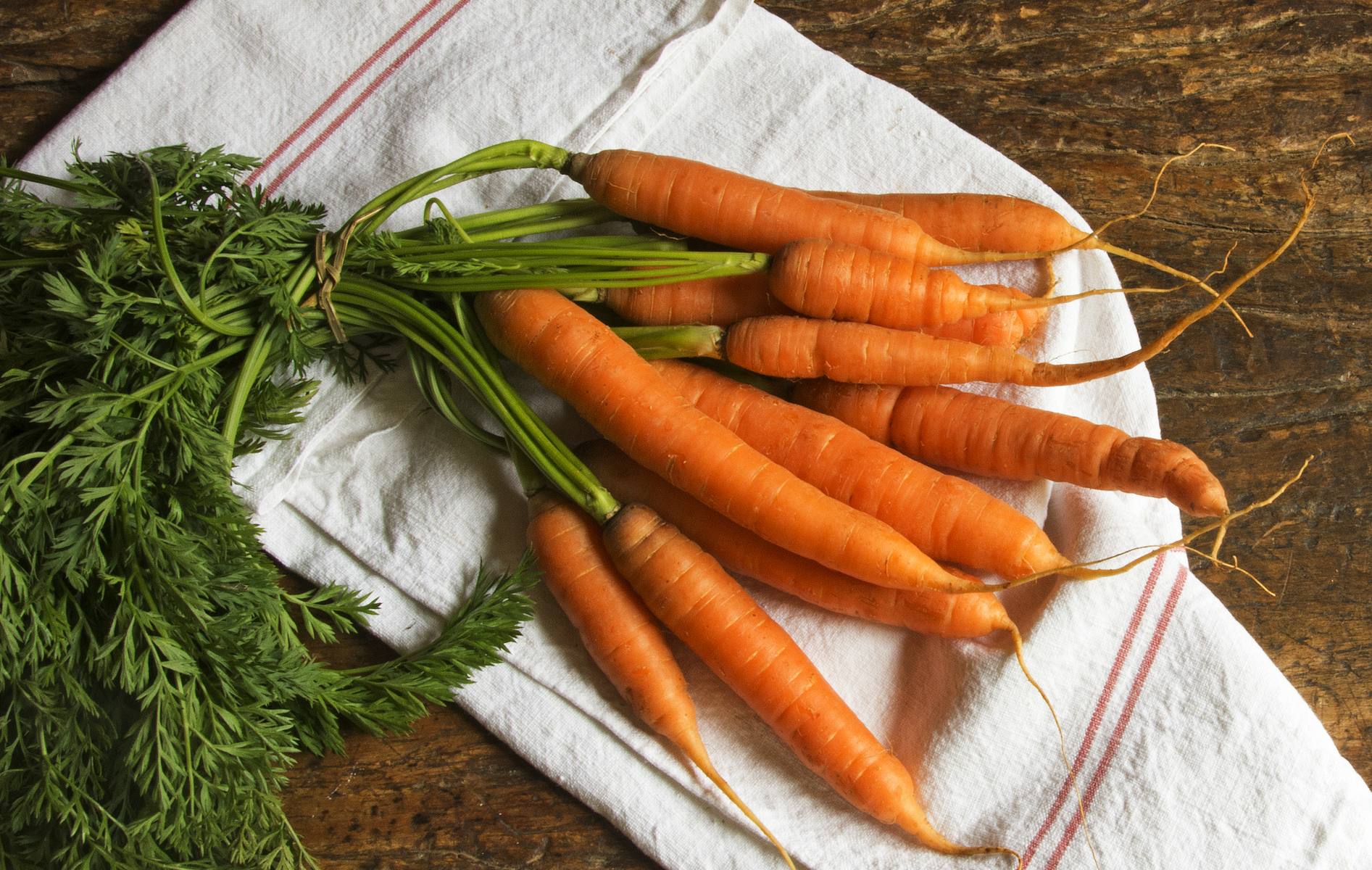
Credit: Getty Images
Naturally occurring pigments in plants, carotenoids act as powerful antioxidants to help reduce inflammation in your airways and improve your immune system. A good source of carotenoids can be found in foods such as carrots, apricots, pumpkin, sweet potato and spinach – natural remedies for hay fever can actually be pretty tasty!
When to take: One to two servings of carotenoid-rich food per day.
We have loads of ideas for carrot recipes you can try
5. Hayfever remedies: Chamomile tea
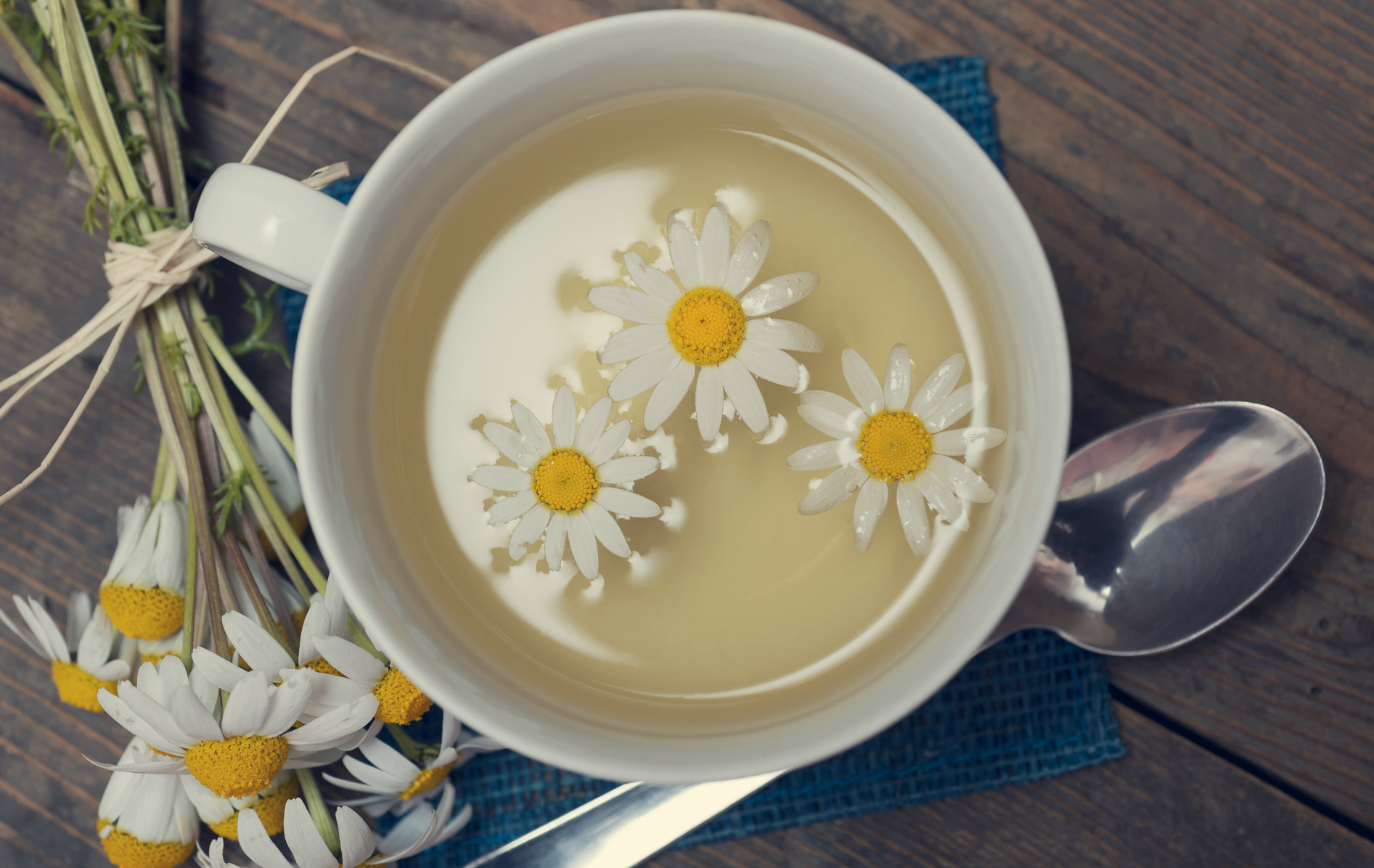
Credit: Getty Images
An antioxidant and antihistamine, chamomile tea contains flavonoids that act as an anti-inflammatory agent. While best taken as a cuppa during the day, chamomile tea can also be used as an eye compress to cool swollen, red eyes.
What to take: Daily as a cuppa or as an eye compress. Make sure to use a fresh compress for each eye to avoid infection.
Making and using a compress:
1. Submerge an instant chamomile teabag in water. Leave it there for at least 3 mins.
2. Dump out the water and gently squeeze the excess water from the teabag.
3. Refrigerate the chamomile tea bag for 15 to 30 mins and remove from the fridge once cool.
4. Hold the cool tea bag against the swollen eye for up to 5 mins at a time.
5. Allow your inflamed eye to breathe for an hour before attempting to re-apply a new compress.
6. Hay fever remedies: Garlic

Credit: Getty Images
Increasing your dietary intake of garlic can help boost your body’s immune system, while also acting as a decongestant and helping to alleviate minor hay fever symptoms. It’s also an anti-inflammatory and a good source of quercetin, a natural antihistamine.
When to take: With meals, one or two months before the hay season starts, but most effective when eaten crushed or raw. If you can’t stomach that, try garlic capsules from your local pharmacy.
We’ve got lots of garlic recipes that are bursting with flavour, including garlic roast chicken
7. Hayfever remedies: Acupuncture

Credit: Getty Images
Research has found that the ancient Chinese medicine of acupuncture can be a natural hay fever rememdy, helping to reduce hay fever symptoms, such as a runny nose and itchy eyes, dramatically. Using sterile needles, acupuncture pinpoints specific areas of the body and helps relieve any symptoms caused by current ailments. Studies have shown that acupuncture has a positive effect on alleviating hay fever symptoms.
When to try: Sufferers should have four to six acupuncture sessions before hay fever season starts to see the best results.
8. Hayfever remedies: Self-hypnosis

Credit: Getty Images
Recent studies have shown that sufferers trained to use self-hypnosis saw a dramatic reduction in their hay fever symptoms, such as a runny nose and irritated throat. They were taught a special self-relaxation technique and soon noticed less discomfort when the first symptoms of hay fever appeared.
When to try: Prior to hay fever season.
9. Hayfever remedies: Vaseline

Credit: Getty Images
Spreading a thin layer of Vaseline inside the lower nostrils can help combat hay fever and reduce symptoms significantly. The Vaseline traps pollen entering the nostrils, effectively blocking it from entering the nasal passages and stopping hay fever symptoms from worsening.
When to take: Daily during hay fever season, before leaving the house.
10. Hayfever remedies: Onions
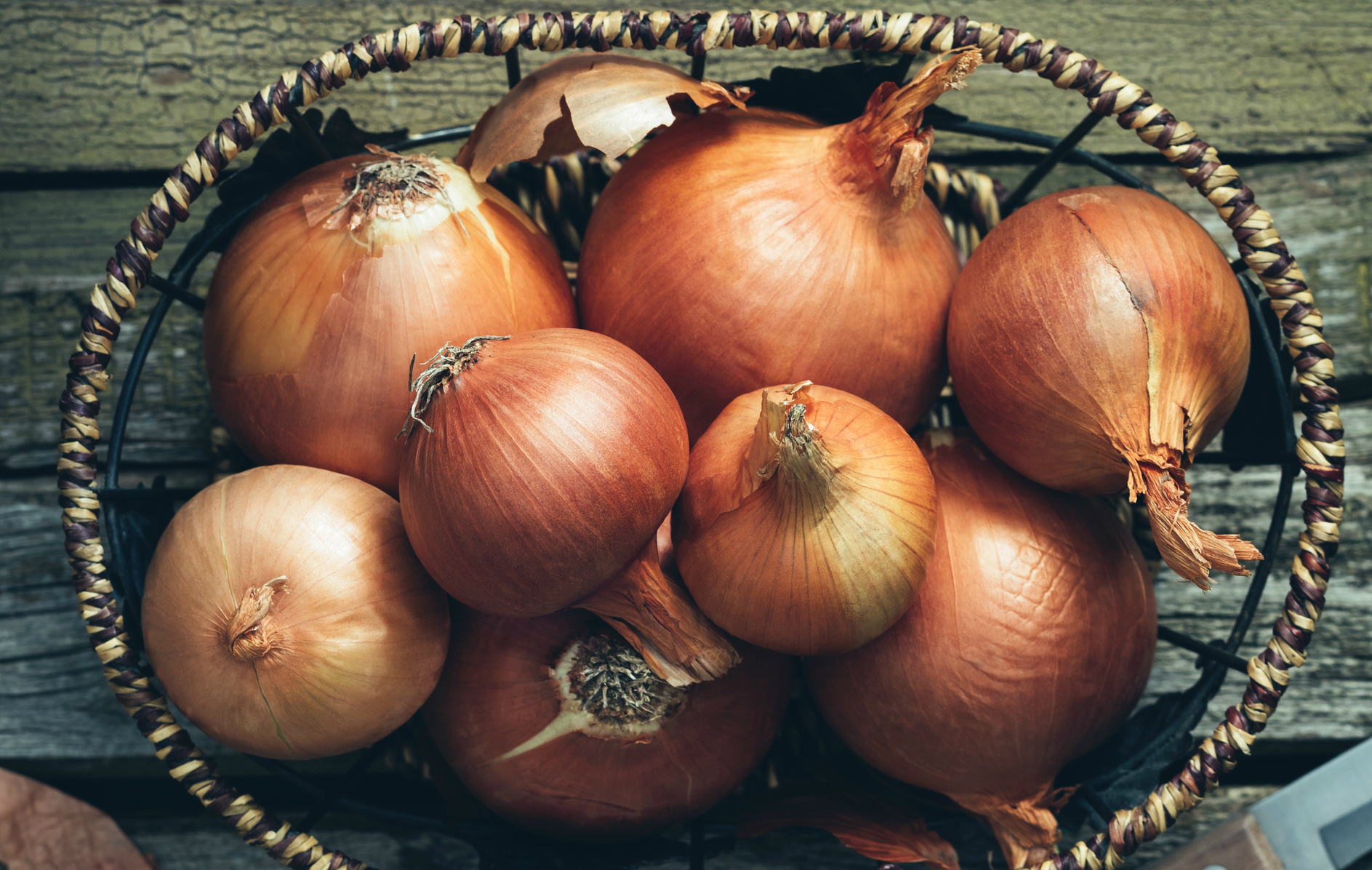
Credit: Getty Images
Onion skins are a good source of quercetin, a natural antihistamine and anti-inflammatory proven to reduce symptoms in hay fever sufferers. Onions contain three times as much quercetin as kale and 10 times as much as broccoli and can be eaten throughout the day in a variety of meals, so they’re one of the easier hay fever remedies to try.
When to take: Daily with meals, although one option suggests you chew raw onions as an alternative – we only recommend this if you’re staying in.
Try our onion recipes for more ideas.
11. Hayfever remedies: Reflexology

Credit: Getty Images
Would you ever consider trying reflexology for your hay fever symptoms?
That’s exactly what Facebook user Luke Ireland recommends, who posted this picture of just how you can target pesky hay fever using the power and pressure of reflexology.
Luke Jerome
For all you hay fever sufferers out there. Find the same area on your hand as the x is on mine. Then apply pressure several times, it will help as it will stimulate the body’s own anti-histamine. x…
He posted the snap with the caption: ‘For all you hay fever sufferers out there. Find the same area on your hand as the x is on mine. Then apply pressure several times, it will help as it will stimulate the body’s own anti-histamine. x Please share. #Reflexology’
Hay fever symptoms occur because when pollen enters the body, your immune system can think it’s under attack and release the chemical histamine – the symptoms of which are just like a cold.
It’s thought that by applying pressure through reflexology, you can help reduce inflammation and therefore start to breathe more easily. Not sure where to start? “Stimulating the Qu-chi acupuncture point on your elbow can improve the natural energy level so your body doesn’t react when it comes into contact with pollen,” says Acupuncture expert Andrew Broch. You can also do this yourself, using The Hay-Band (£11.99, hay-band.co.uk). It works by applying pressure to the acupressure point on either arm, called the LI-11 point, which can be found at the end of the crease at the elbow.
Why is the pollen count so high today?
This year the pollen count is set to be one of the highest since records began in 1951. With the current health crisis, this is causing many people to wonder what the difference is between hay fever and coronavirus symptoms.
Over the last couple of days, hay fever sufferers have seen a huge spike in symptoms – from watery eyes to runny noses and sore throats. While many people believed that this year wouldn’t be so bad as most people were spending lots of time inside, it seems that the early Spring has caused a early spike in the pollen count.
As Dr Apelles Econs MRCS, LRCP Medical Director of the Burghwood Clinic in London told the Telegraph, “A lot of people have started suffering from tree pollen from March onwards and probably earlier – the grass pollen season, which normally starts in late May to early August, has now started in early May because it’s been a warm and dry month. That’s quite a big issue.”
If you’ve been suffering, be sure to follow these handy hay fever remedies to make your symptoms more bearable.
The post The best natural hayfever remedies and relief appeared first on GoodtoKnow.
from GoodtoKnow https://ift.tt/2W8IcqM
via IFTTT
Comments
Post a Comment